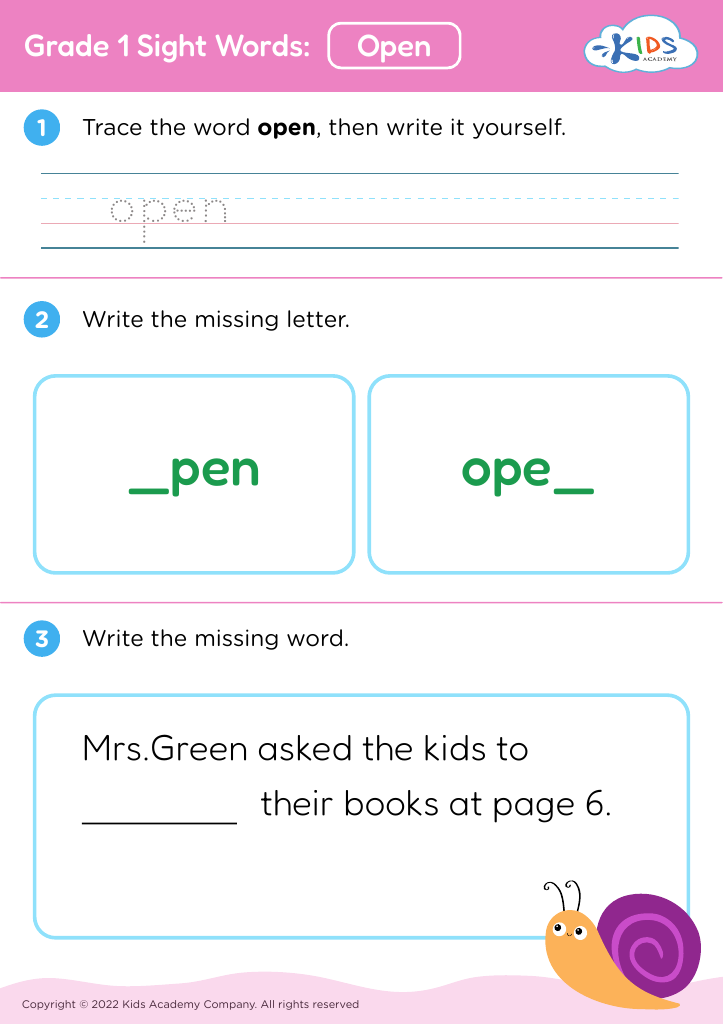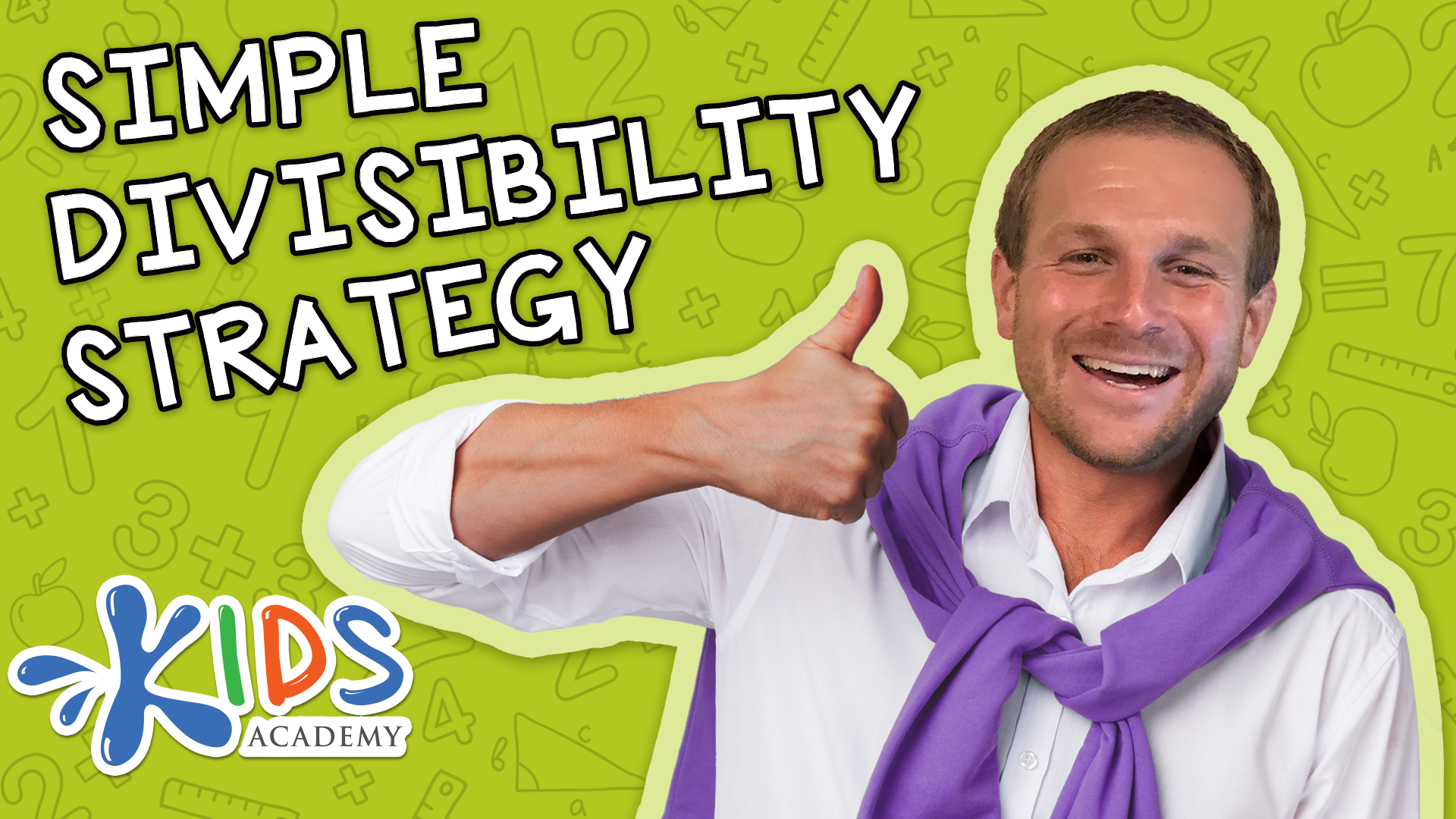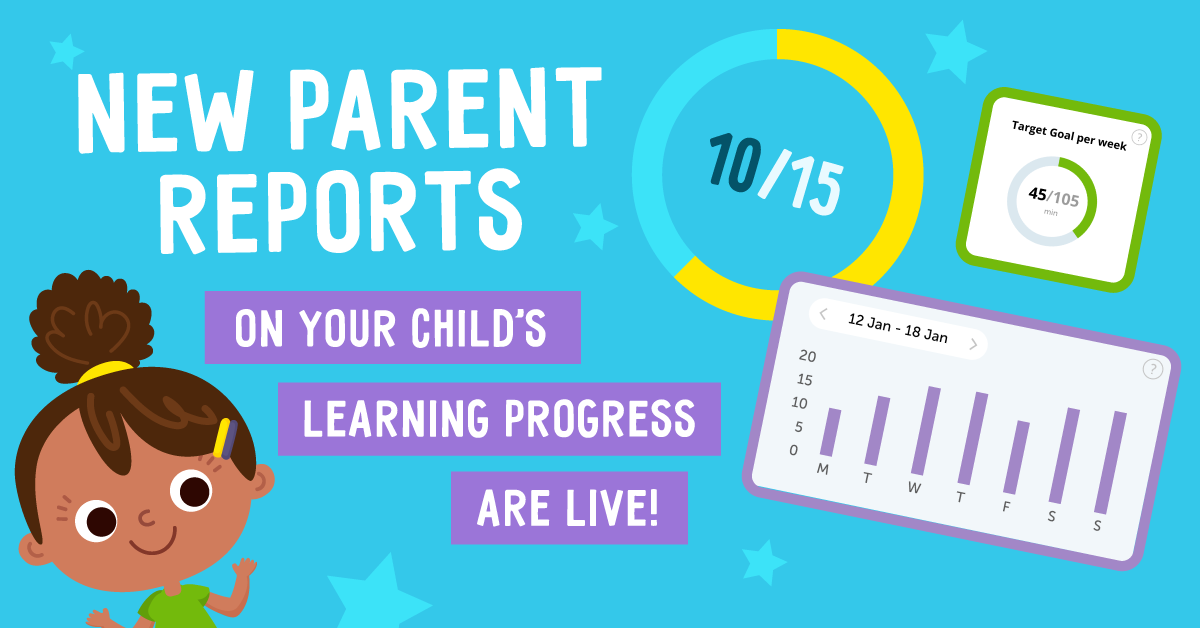Understanding clocks Worksheets for 6-Year-Olds
3 filtered results
-
From - To
Our "Understanding Clocks Worksheets for 6-Year-Olds" offer a fun and engaging way for kids to learn telling time! Created to suit young learners, these worksheets help children recognize different clock types, read time accurately, and understand the concept of hours and minutes. Designed with vibrant visuals and interactive tasks, our materials boost time-telling skills through enjoyable practice. Perfect for classroom and at-home use, these worksheets ensure kids build confidence and master clock-reading. Help your child unlock their potential and make learning time a delightful adventure with our expertly crafted resources!
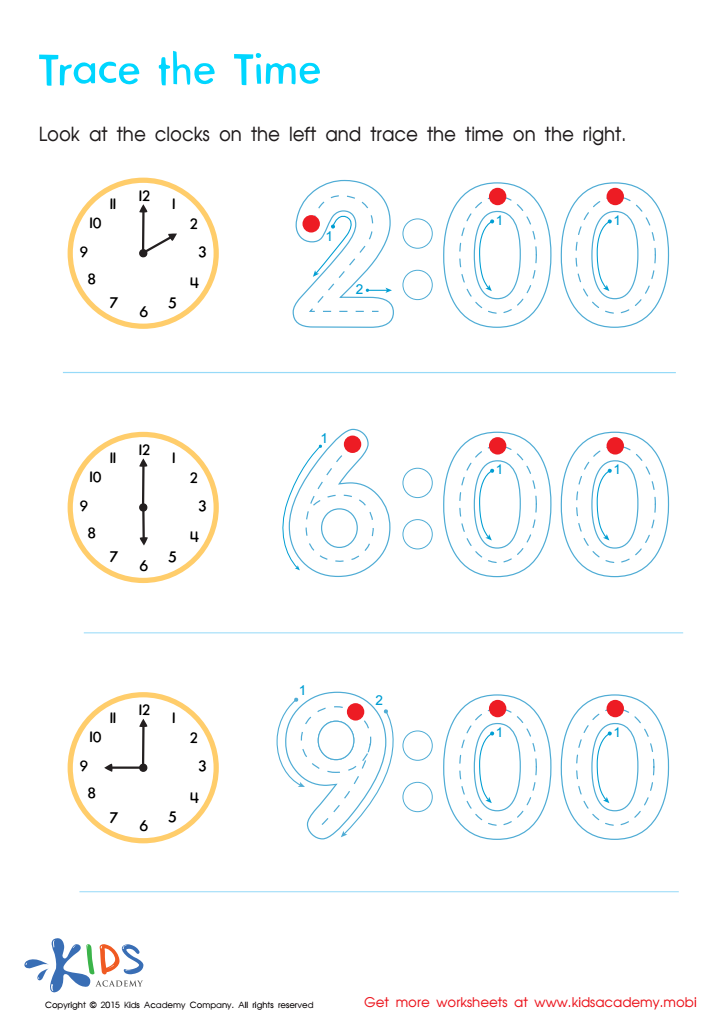

Telling The Time Worksheet: Part 2
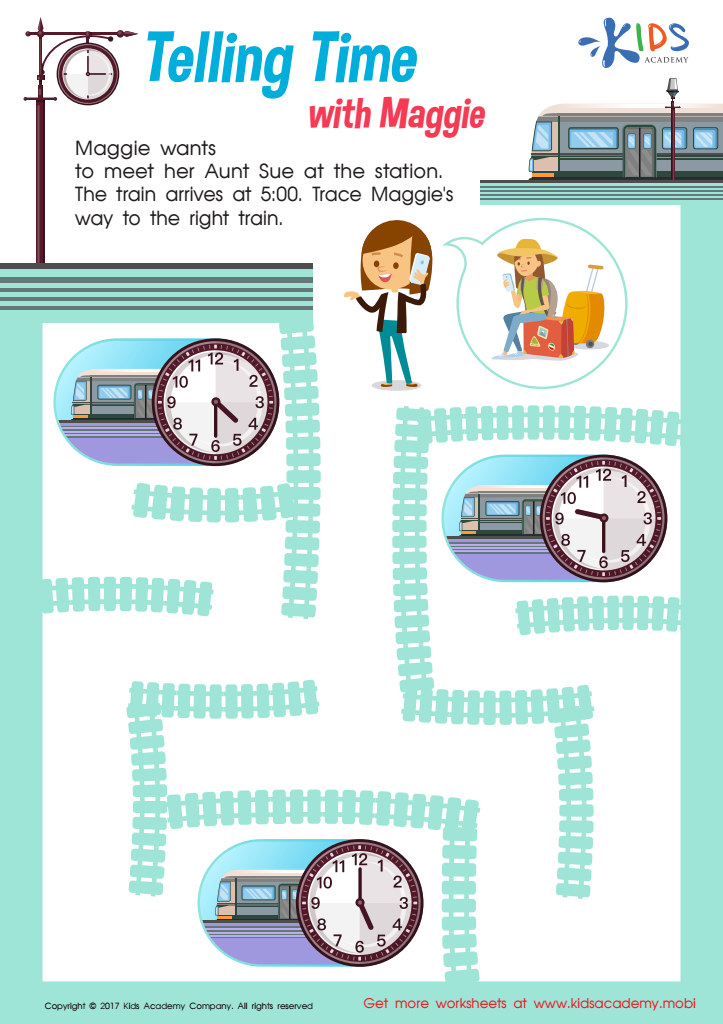

Telling Time With Maggie Time Worksheet
Understanding clocks is foundational for a 6-year-old’s cognitive and daily life skills. Firstly, clocks introduce children to the concept of time, which is essential for everyday activities. Knowing how to tell time fosters a sense of routine and helps children manage their daily schedules, positively impacting their organizational and time management skills.
Secondly, learning about clocks and telling time integrates important mathematical concepts such as counting, addition, subtraction, and the base-sixty system. It reinforces shapes and patterns with the clock face and hands, prompting spatial reasoning.
Thirdly, understanding time encourages responsibility and independence. When children know what time it is, they can begin to associate times with specific activities, which helps them participate in setting a daily routine and understand the importance of punctuality.
Moreover, clock-reading is a confidence-building milestone. Mastery here can provide a sense of achievement, motivating them to tackle more advanced and challenging tasks. Addressing this at an early age also attunes children to the structure of the world around them, which is heavily time-regulated, from school schedules to mealtimes.
In conclusion, teaching 6-year-olds how to read clocks is a crucial step in their development, supporting their educational growth, self-reliance, and habitual structure.
 Assign to My Students
Assign to My Students
